You’re looking for fun facts about London to boost your wanderlust? Kudos to you!
London is one of the greatest cities on Earth, and it’s extremely easy to enjoy it. To really catch its soul and fall in love, though, you need to learn about all the quirkiness of the place. And trust me, London is one of the most peculiar cities out there.
Being the center of the modern world for the last thousand years, England’s capital survived a few odd incidents and developed some bizarre traditions. From the Pineapple Cathedral to the Great Stink of 1858, here are the 25 most interesting London facts:
Who is Big Ben?
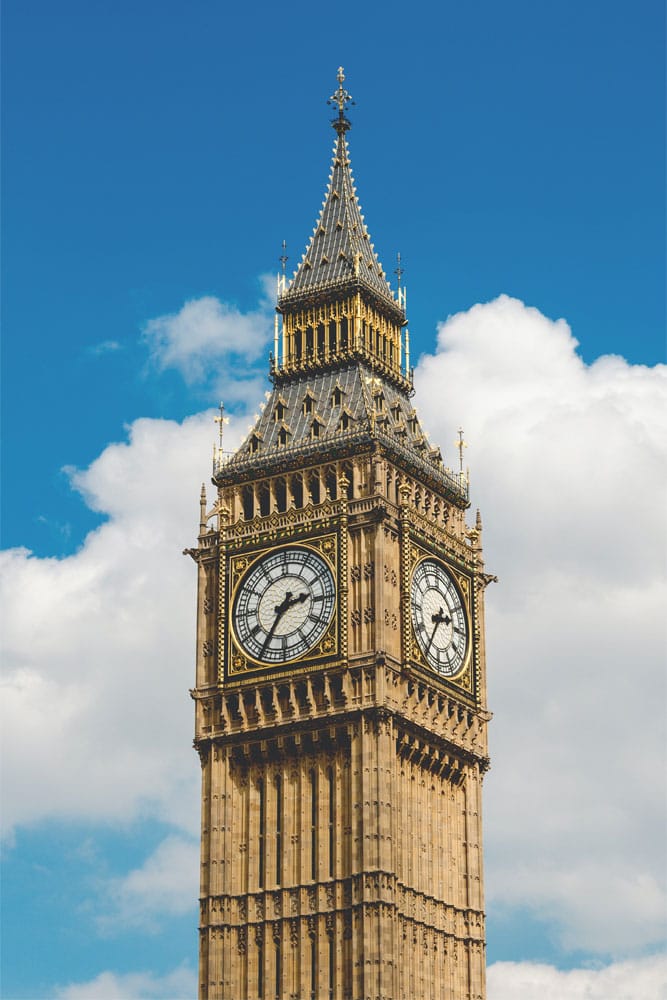
We start our interesting facts about London with the most iconic landmark in town. While everyone knows what Big Ben is, very few people know that Big Ben is not the tower’s real name.
That’s right, the original name was simply The Clock Tower, while the bell inside was called Big Ben. In 2012, the tower was renamed Elizabeth Tower, but everyone still refers to it as Big Ben.
No armor in the Houses of Parliament
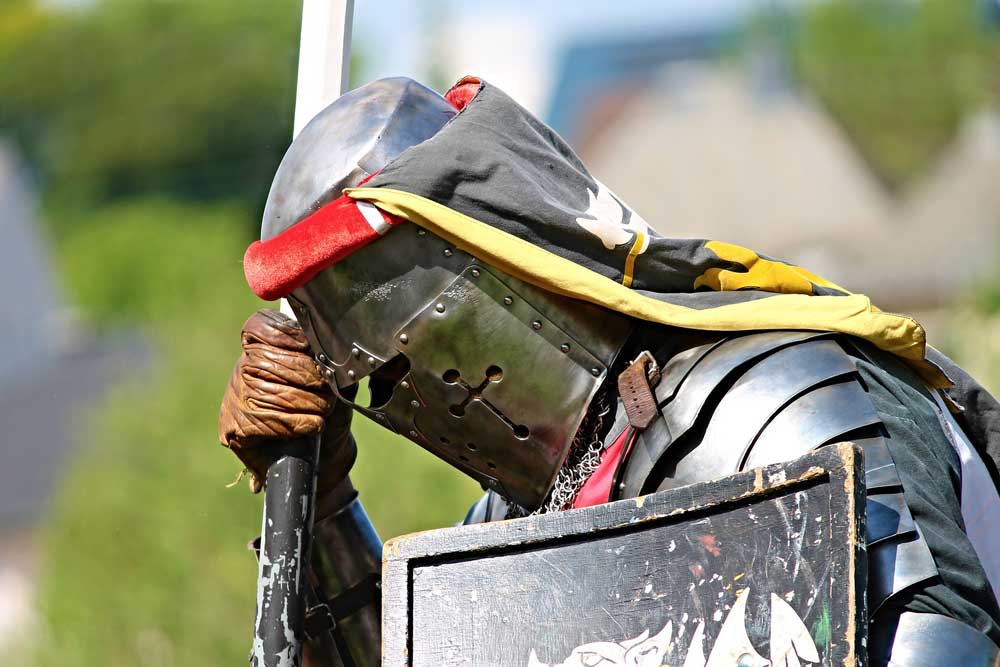
Enacted in 1313 and never removed to this day, the act decrees that ‘in all Parliaments, Treatises and other Assemblies, which should be made in the Realm of England for ever, that every Man shall come without all Force and Armour.’
So if you plan a visit to the Houses of Parlament, better leave your armor back in the hotel.
To become a black cab driver is not an easy task
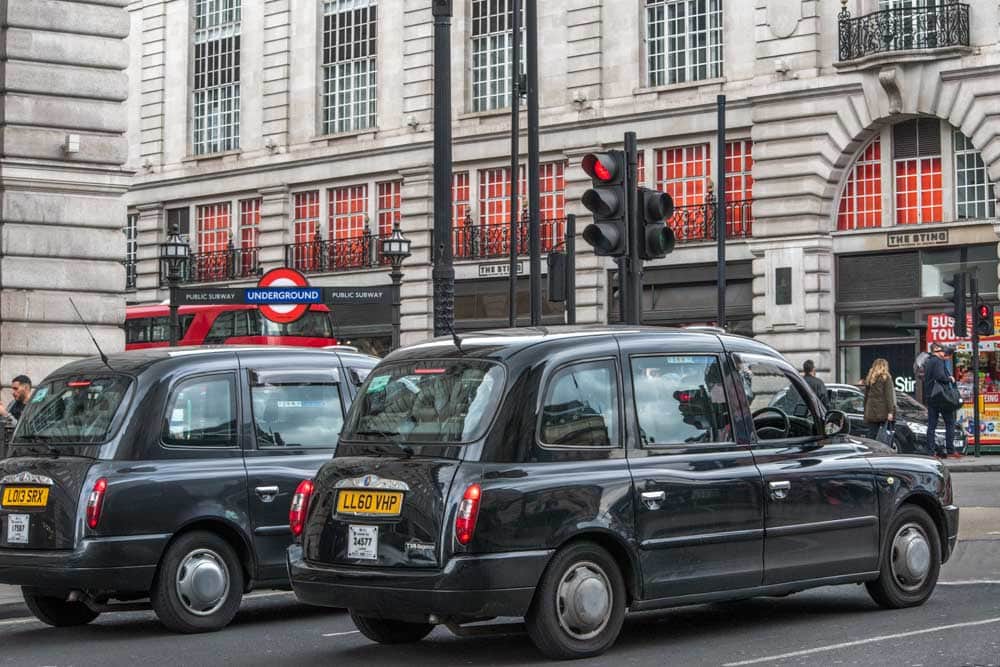
The next of our fun London facts is about the taxis. You know the iconic black cabs? It turns out becoming a driver of one of those is not an easy task at all.
Each potential driver must complete a rigorous test called The Knowledge, which involves memorizing every street or alley in London. Every-single-one! It takes years and a lot of walks for the future cab drivers to learn them all. No wonder they charge so much.
Please mind the gap
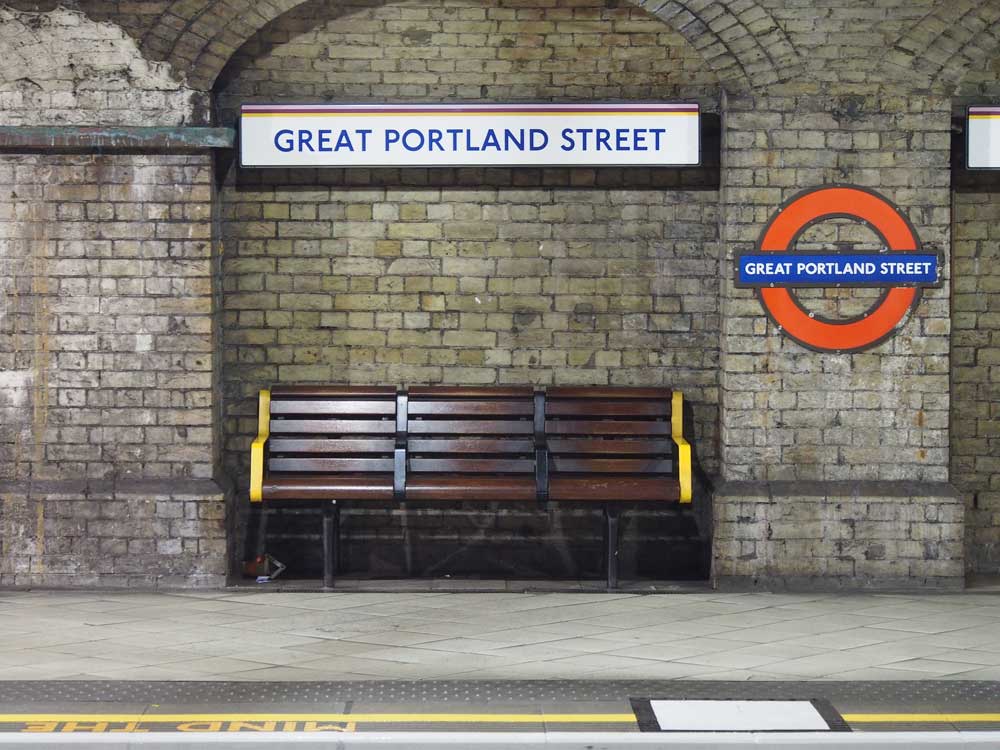
London has the oldest underground network in the world. Built in 1863, today, the tube is used by 1.265 billion people every year. Ironically more than half of the London underground network runs above the ground. Maybe that’s why most Londoners refer to it as the tube instead of the underground.
Another fun tube fact is that when it was first proposed, the idea was for the tunnels to be filled with water so people can move via barges from station to station. Another proposal was horse carriages that carry people in the dark, but eventually, it was decided that steam trains would be the best.
London has the oldest underground network in the world. Built in 1863, today the tube is used by 1.265 billion people every year. It’s ironic that more than half of the underground network runs above the ground.
London has an eye
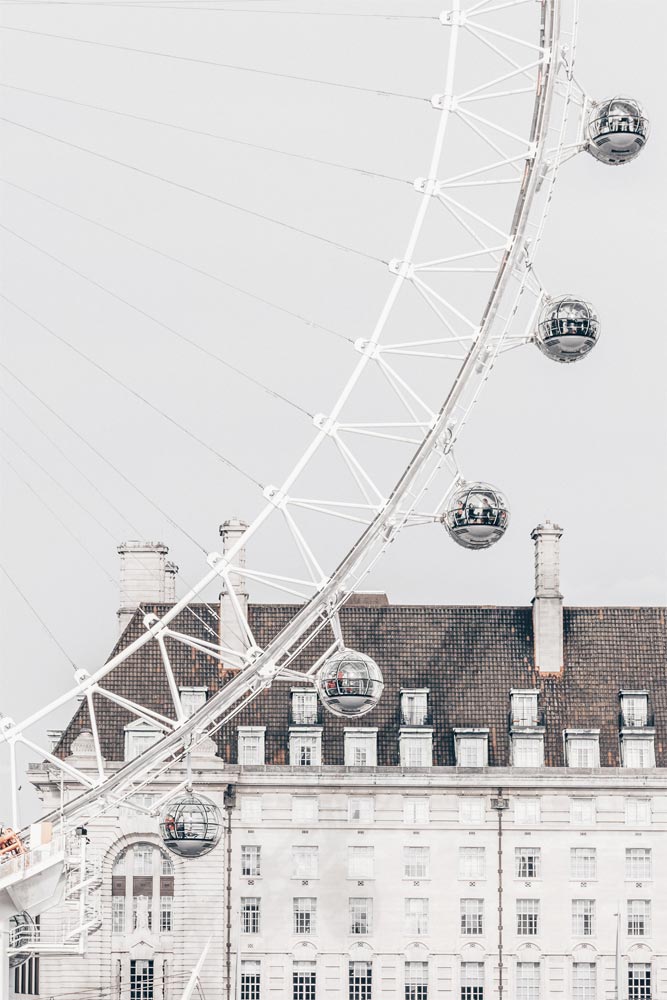
ondon has the highest Ferris wheel in Europe – The London Eye. Its 32 capsules can carry 800 people each rotation, comparable to 11 London red double-decker buses. If you are lucky to catch a clear day, you can see up to 40 km from the top.
Despite London Eye’s having 32 capsules, for superstitious reasons, they are numbered 1 to 33, missing number 13.
Peter Pan hospital

This next fact is a cute one. In 1929, Peter Pan playwright and novelist JM Barrie was approached to take part in a Great Ormond Street Hospital committee to buy land for a badly needed new medical wing.
He replied that, on principle, he never lent his name to appeals but would see what he can do. A few months afterward, he donated Peter Pan’s copyrights to the hospital. Earning millions of pounds since then, it’s safe to say this was one of the most generous gifts ever.
See Also: Top 15 Historical Sites Around the World
St. Pineapple Cathedral

The cathedral of St. Paul is one of the most distinctive London landmarks. But do you know that Sir Christopher Wren’s first design proposal for the cathedral was basically a giant pineapple?
Apparently, he saw pineapples as ‘a symbol of peace, prosperity, and hospitality’ and thought it would be an excellent symbol for the city. Sadly it wasn’t approved, so nowadays, we have the regular old-fashioned St. Paul.
London was once the capital city of 6 countries at the same time
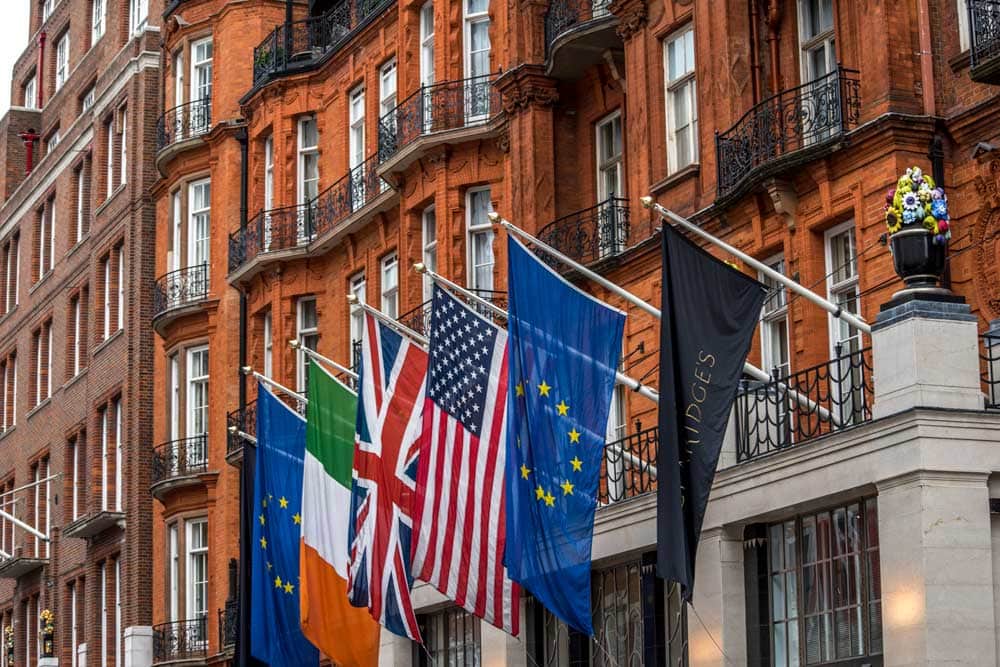
During the devastation of World War II, London was the safest city in Europe, so the displaced governments of the countries already conquered by Germany took refuge there, making the capital of England also the capital of Poland, Norway, Holland, Belgium, and France. It must’ve been a bitter pill to take for the French.
London was found by the Romans
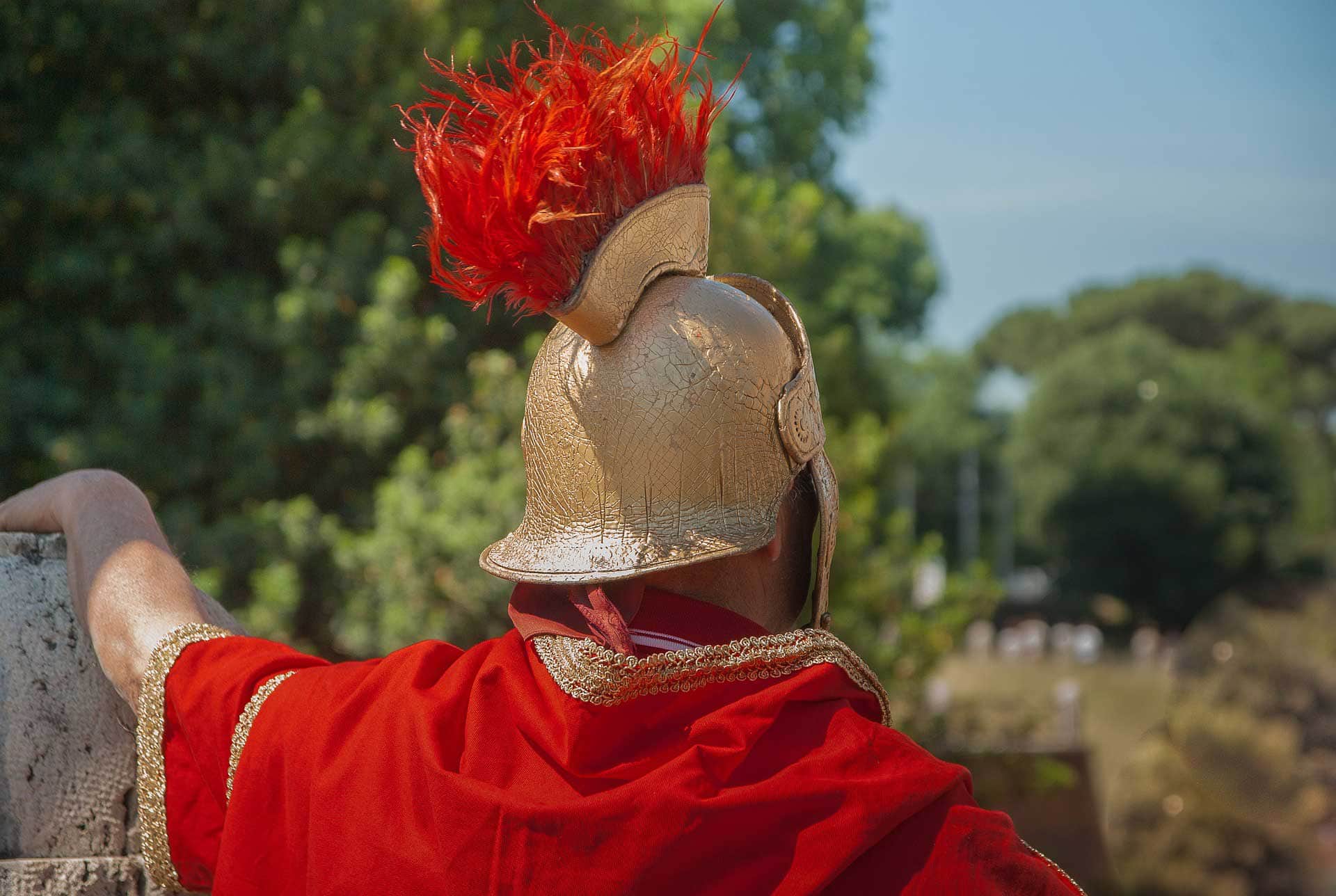
Before the Roman invasion in 43 AD, the city was just a tiny village. Once Romans conquered it, they decided it had a lot of potential and founded Londonium – a large city with a distinctive trading center and fortified walls. Thank you, Rome.
See Also: Top 25 Fun Facts About Paris
London is rainy. . .or is it?
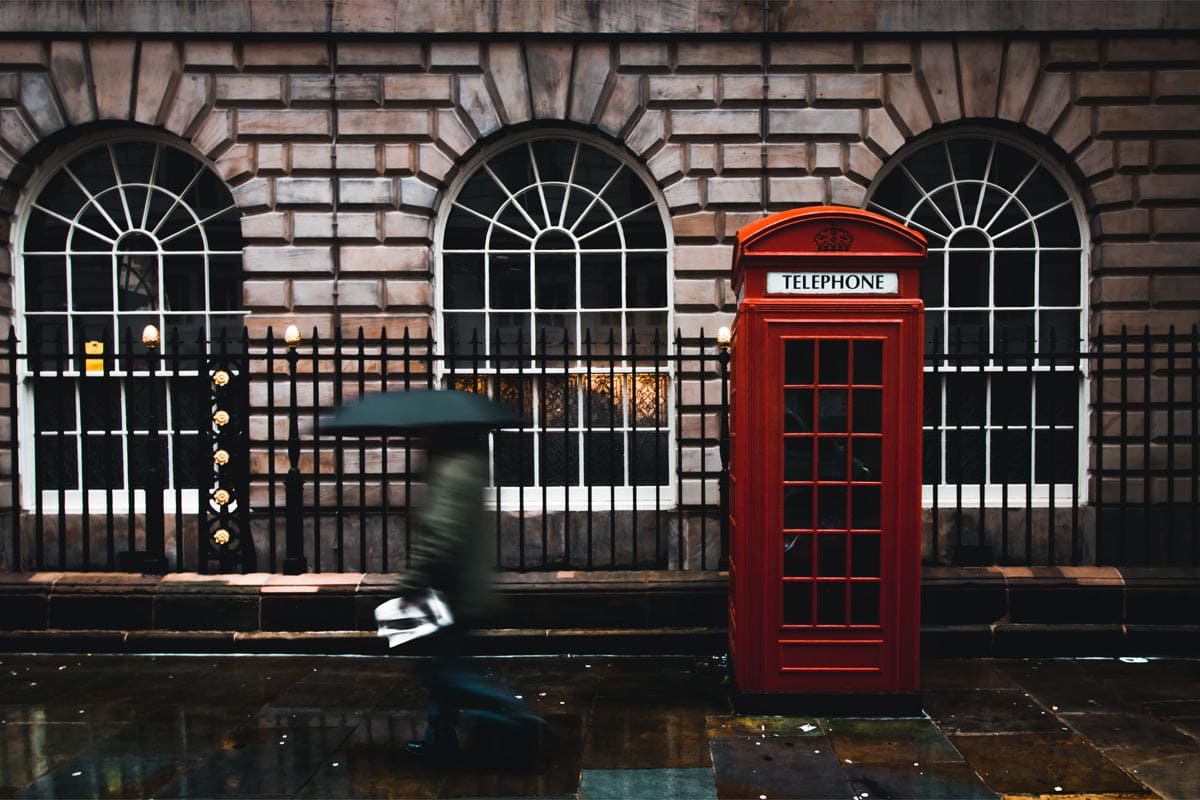
I bet this London fact will surprise you the most. We all know that the capital of England is known for its dreary, rainy weather, right? In reality, however, London gets an average of 583.6 millimeters of precipitation per year, making it less rainy than Rome, Paris, Istanbul, Barcelona, Sydney, Miami, and New York City.
London is one of the tiniest towns in England
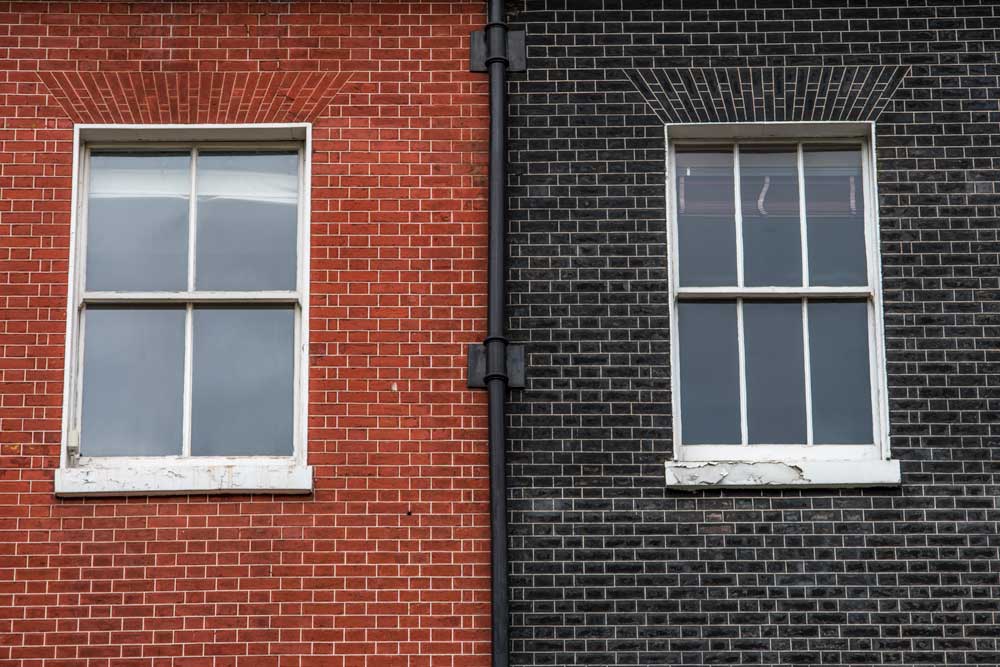
Nah, I’m not drunk. I know that the population of London is almost 9 million people. This, however, is Greater London, a place large enough to fit Rome and Paris together.
When we’re talking about the City of London, though, we’re talking about the one-square-mile heart of the city that is home to 9000 something people and is technically one of the smallest towns in the UK.
Raven Tower

I can’t have a fun-facts list and not include at least one animal fact, right? You probably don’t know, but for the last few hundred years, there have always been at least six ravens living in the Tower of London. The legend has it that if they leave, the White tower is doomed to fall, and a great disaster befalls the Kingdom.
There are seven currently, and their names are Jubilee, Harris, Gripp, Rocky, Erin, Poppy, and Merlina. They even have a Ravenmaster to tend to their needs!
At the end of Shiteburn Lane, turn left
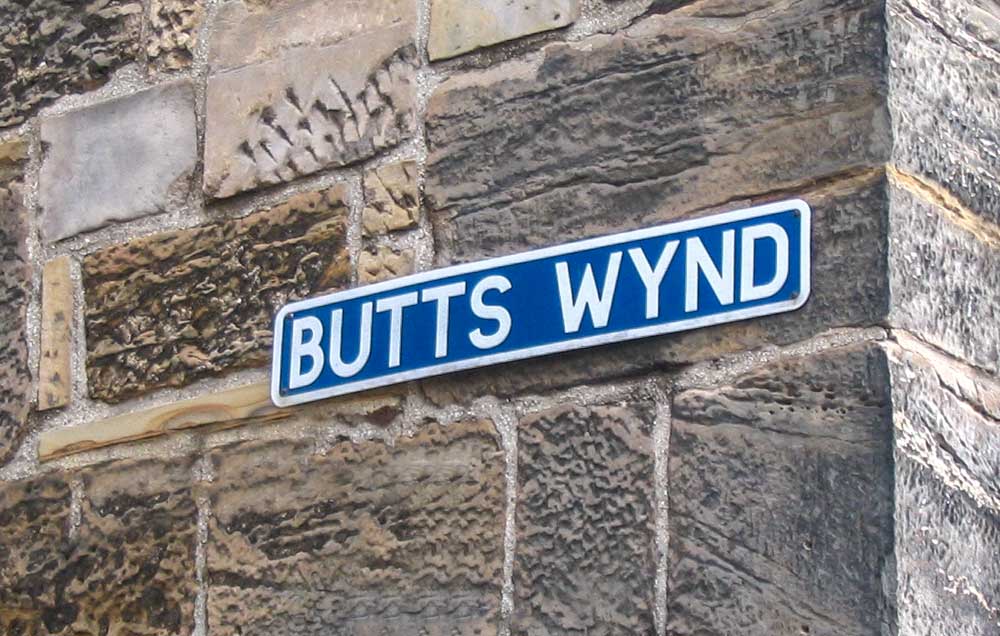
London streets used to have vivid names describing what the road is used for. In addition to the Shiteburn Lane, there was also a Pissing Alley and a few Gropecunt Lanes.
The iconic red buses weren’t always red

Our fun facts about London continue with a bus fact. And London buses are not your average buses, they are the most famous buses on the planet.
The double-deckers are one of the city’s most significant symbols today, and it’s hard to imagine them being in any other color than red. Before 1907 though, the different routes had different-colored buses making the streets of London quite a colorful place.
See Also: Top 20 Fun Facts About Rome
Why the Palace of Westminster is on the bank of Thames River?
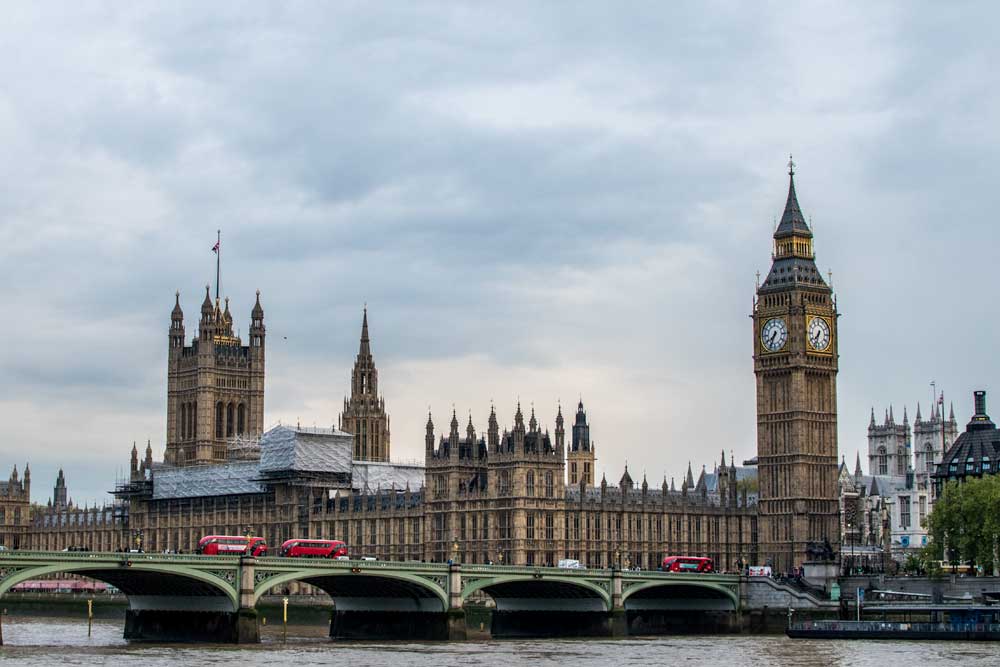
We continue our facts about London with something curious about the Palace of Westminster (also known as the Houses of Parliament).
It turns out that its position on the banks of Thames River is not random but carefully planned. And no, the reason for it is not to look good in pictures. It was made there so a mob can never surround it. The architects didn’t think much of their government, I guess.
London is a forest
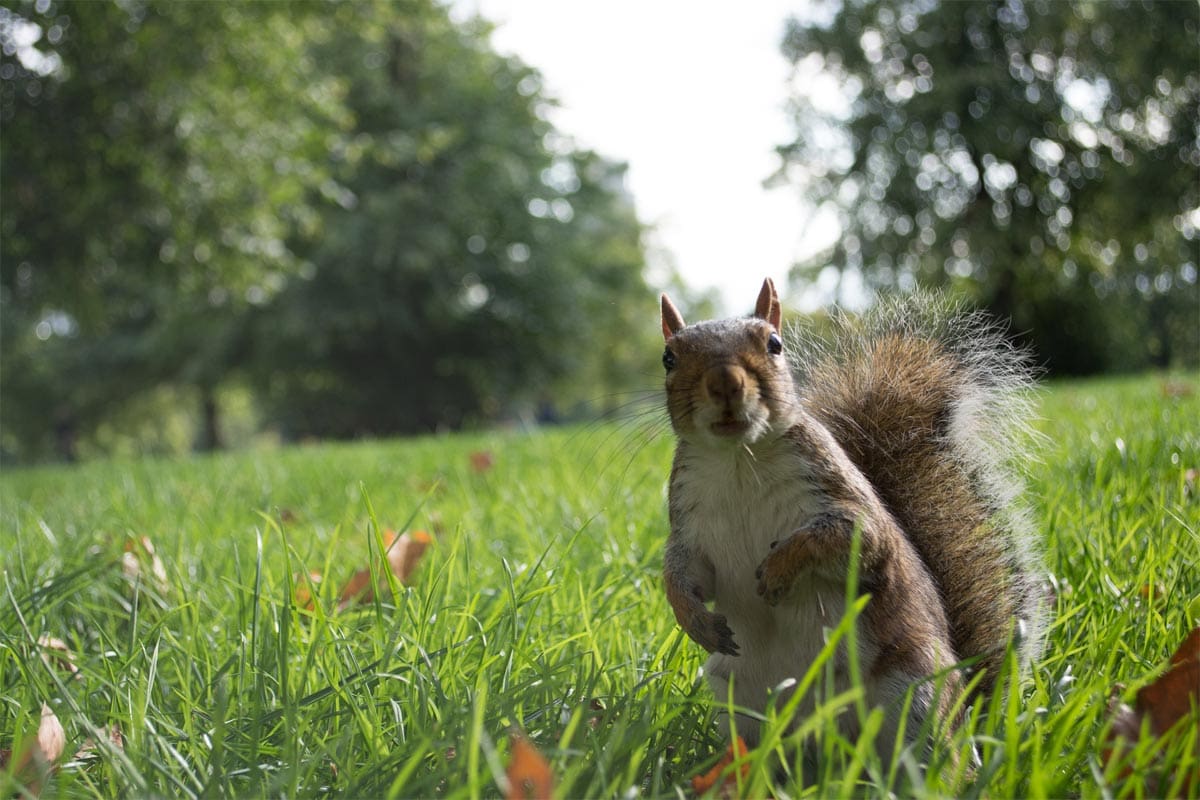
Yes, it may sound weird, but London is technically a forest. The capital of England has so many green spaces that the density of trees it has per square mile qualifies the city as a forest (according to the United Nations definition). The city even has its own official Forestry Conservator.
See Also: Top 20 Fun Facts About Spain
Land of the Indian restaurants

Everybody knows that India was a British Empire colony for hundreds of years. That’s the reason why the Indian community in London is more significant than any other. To be more precise, Indians in London are over 500,000 or 6,6% of the total city population. And something most of them enjoy is, well, Indian food.
That’s why it’s not that surprising that London houses over 10,000 Indian restaurants… apparently more than Mumbai! From quickie Indian takeaways to fine dining establishments, if you want to taste the best Indian food on the planet, London is the place.
Global London
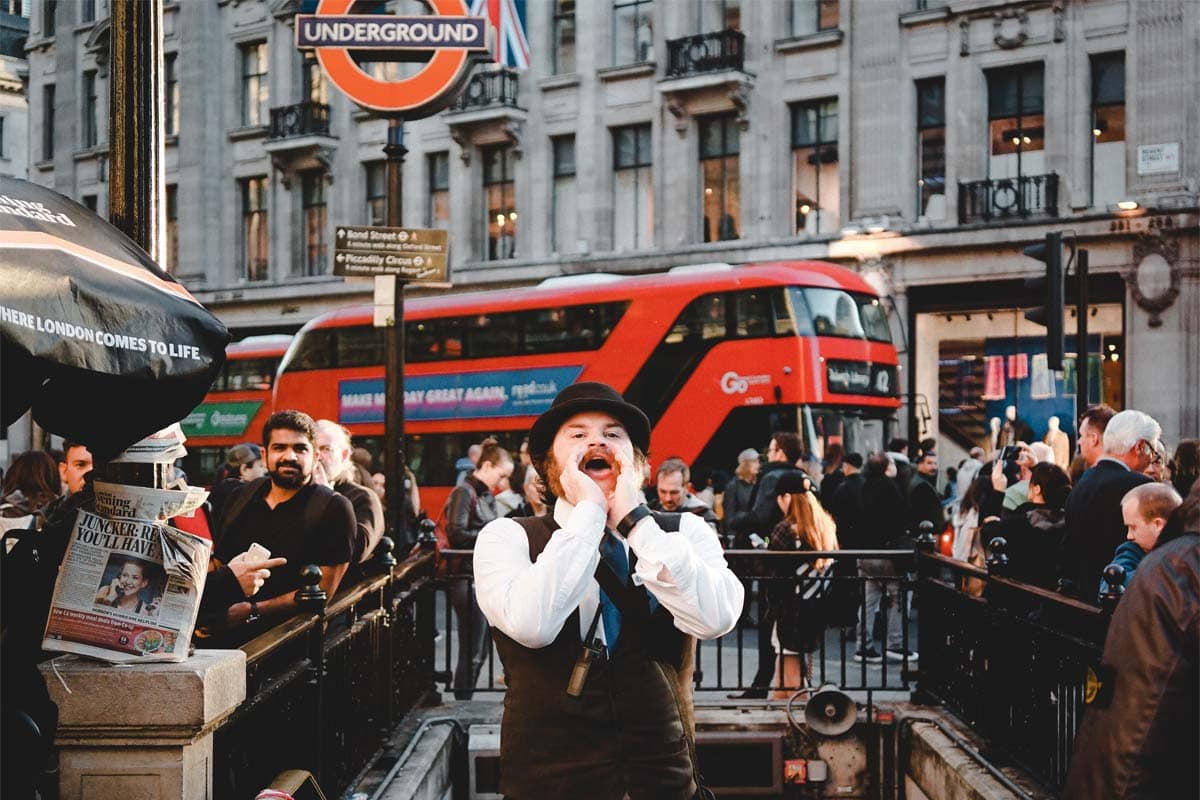
London is probably the most global city in the world. Every year (besides the cursed 2020), the capital of England welcomes more than 16mln visitors. Almost twice the population of Greater London! It was also estimated that the permanent London residents speak over 300 languages. How is that for cultural diversity!
London sheriffs
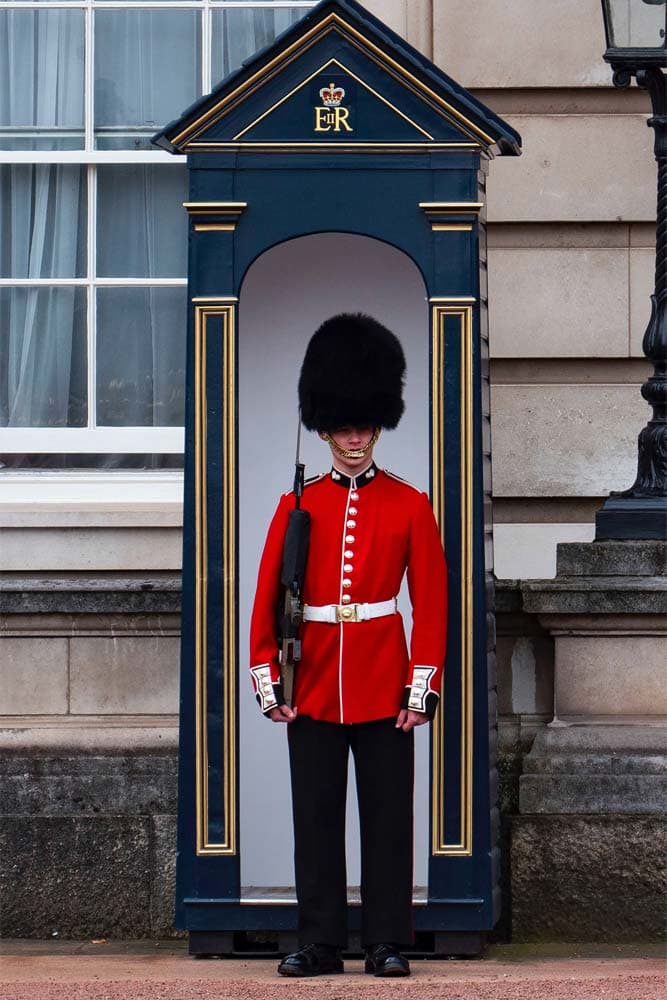
Do you know that London still has sheriffs? Neither did I. The tradition of having sheriffs dates back to the 7th century and continues to this day. While they no longer ride horses and shoot bad guys, London’s sheriffs support the Lord Mayor and handle the High Court of Justice instructions. Their jurisdiction may be valid only in the one-squared City of London, but they undoubtedly have one of the coolest sounding jobs on the planet – Sheriff of London.
Underground Mosquitos
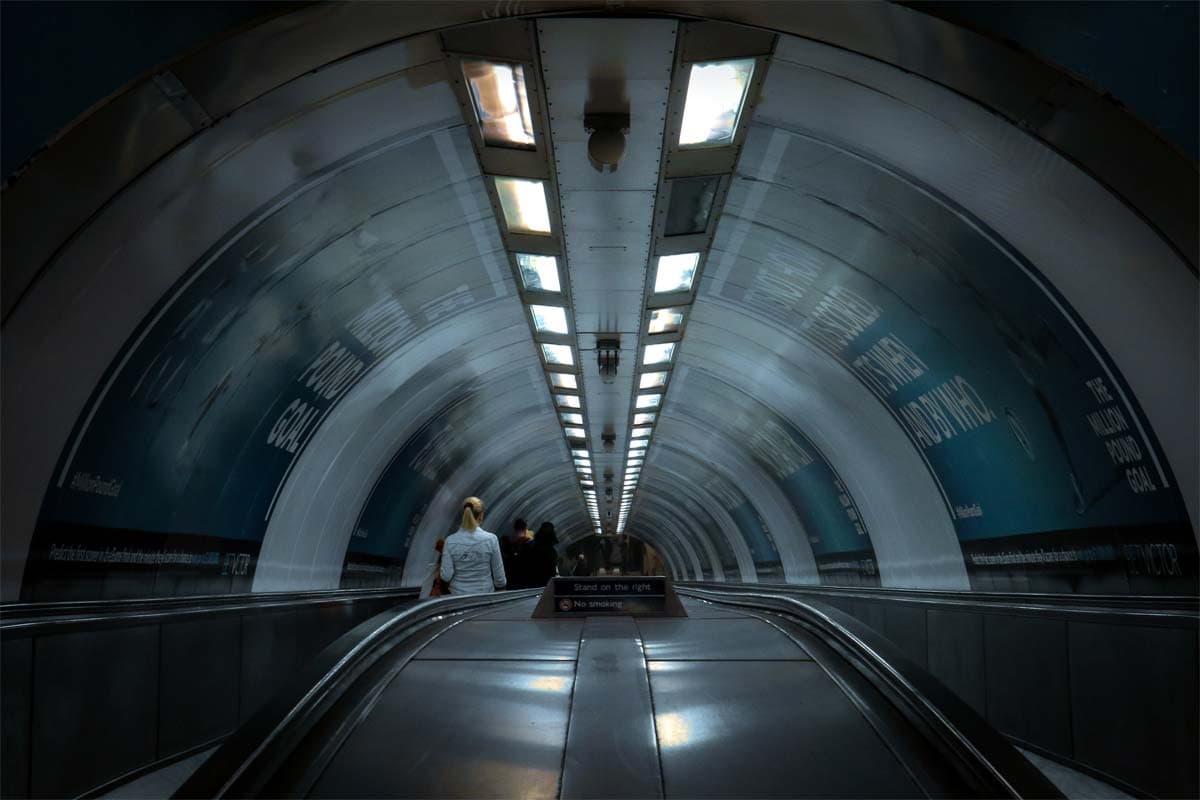
We continue our facts about London with something disturbing. The city subway system is so old and vast that it developed its own ecosystem, including a special breed of mosquito.
Named Culex Pipiens Molestus, this mosquito subspecies is perfectly evolved to live in the underground. They don’t need light, don’t need water to lay eggs don’t even need to hibernate.
Don’t worry though, I’ve ridden the tube quite a few times and can’t recall seeing even one of those little biters. They must prefer rats to people.
See Also: 102 Inspirational Travel Quotes
The Gin Craze
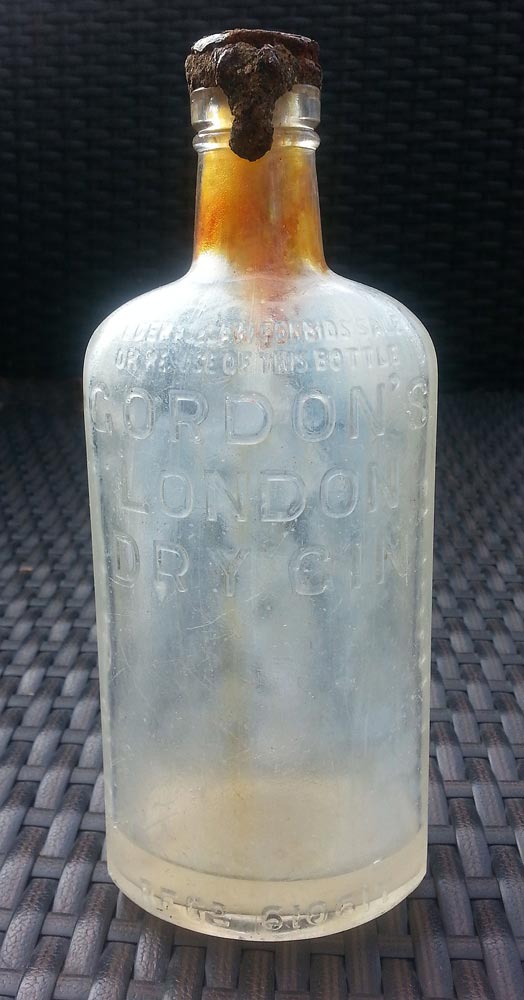
The next few interesting facts about London would be about some peculiar city events. We start with the infamous Gin Craze of London. You may think that every Friday night is a Gin Craze there, but there was a time when the craze was more than crazy.
Between 1720 and 1751, due to some government deregulations, the London market was flooded with cheap liquor, which led to an astonishing gin consumption. It was estimated that the average consumption of gin during that period was 2 pints (0,94 liters, 0.25 gallons) per person weekly. That’s 2 pints for every citizen, man or woman, young or old! Crazy times indeed.
Beer Tsunami
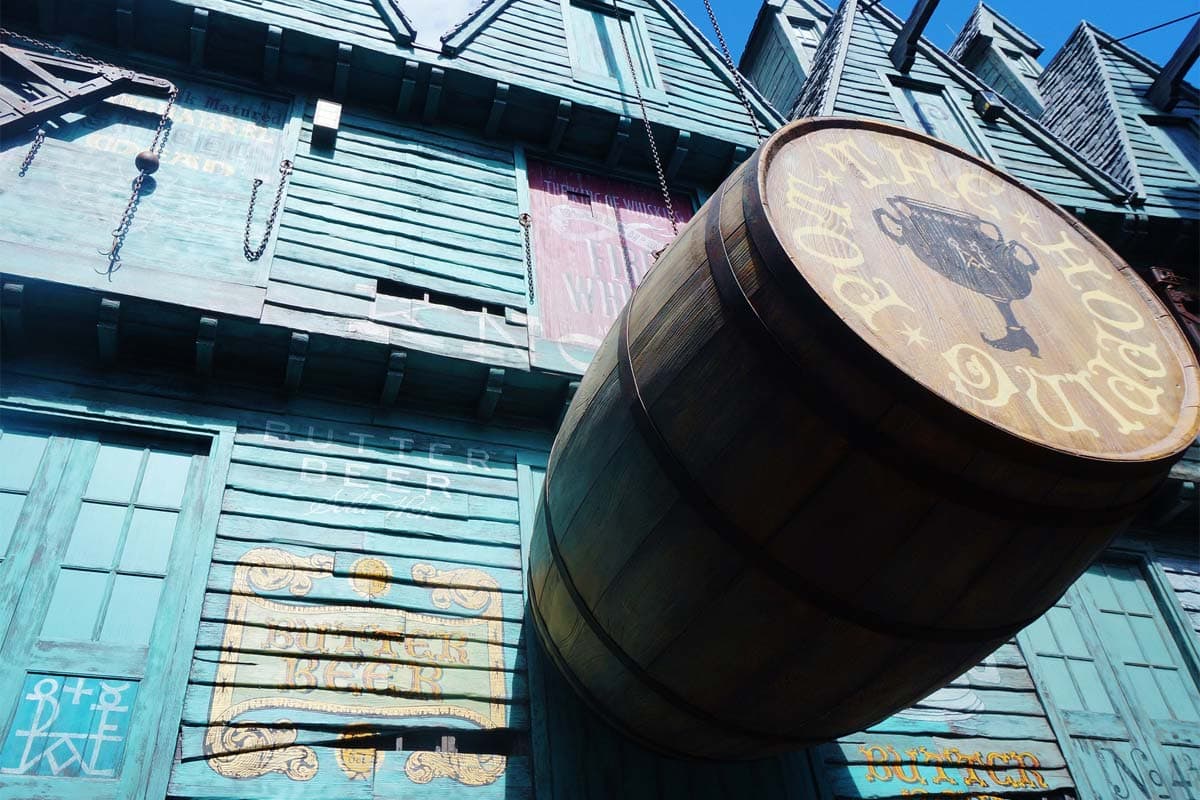
No, I’m not pulling your leg with this one. There really was a tidal wave of beer, and it was fatal for 8 people. It happened in 1814 when Meaux & Company Brewery’s vat exploded, causing a beer tsunami that flooded Tottenham Court Road.
It may sound funny now, but eight people lost their lives in this accident, making it the most deadly tsunami in London.
The Great Fire of London

The next historical event is the grimmest one in London’s history. The infamous Great Fire of London devasted the city in 1666, burning four-fifths of the capital in just four days.
There are a few interesting things about the fire, though. Apparently, it started on the funny-named Pudding Avenue, and even though it turned the entire city to ashes, it killed only 6 people, less than the beer tsunami.
The Great Stink of London
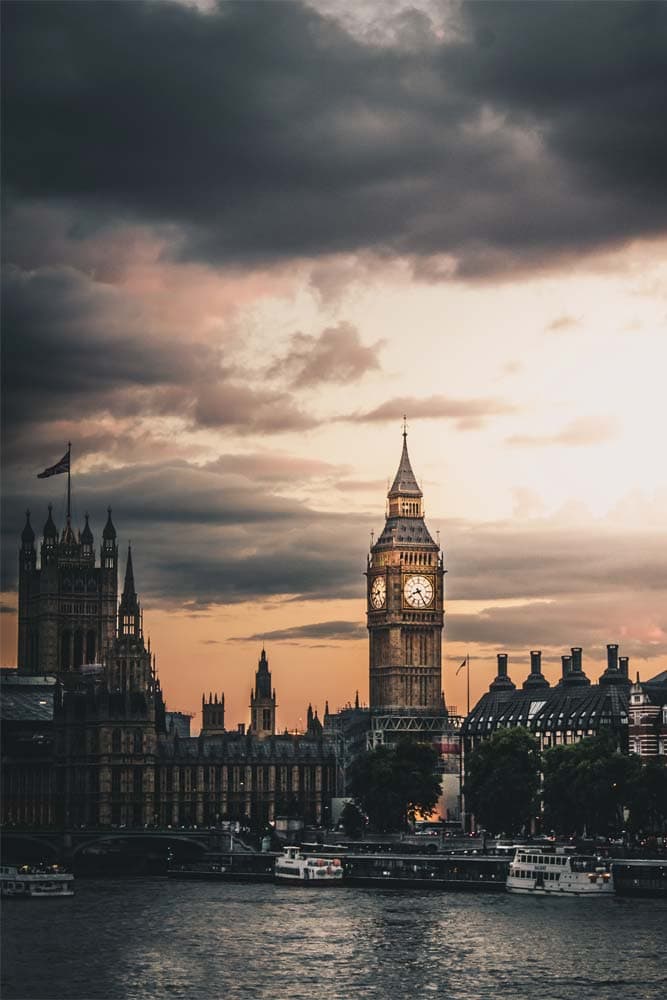
The last significant event I want to entertain you with is the Great Stink of London. Yeah, I know I just put a smile on our face, and you probably don’t believe me right now, but the Great Stink is a real incident that led to some long-needed changes.
The event happened in the summer of 1858 when the hot weather exacerbated the smell of untreated human waste and butchered animals present on the River Thames banks. The putrid smell was so strong that it interfered with the Parliament’s work, forcing the representatives to pass bills for Thames cleaning, changing the sewerage outlets, and banning animal butchery within the city.
Old London was weird
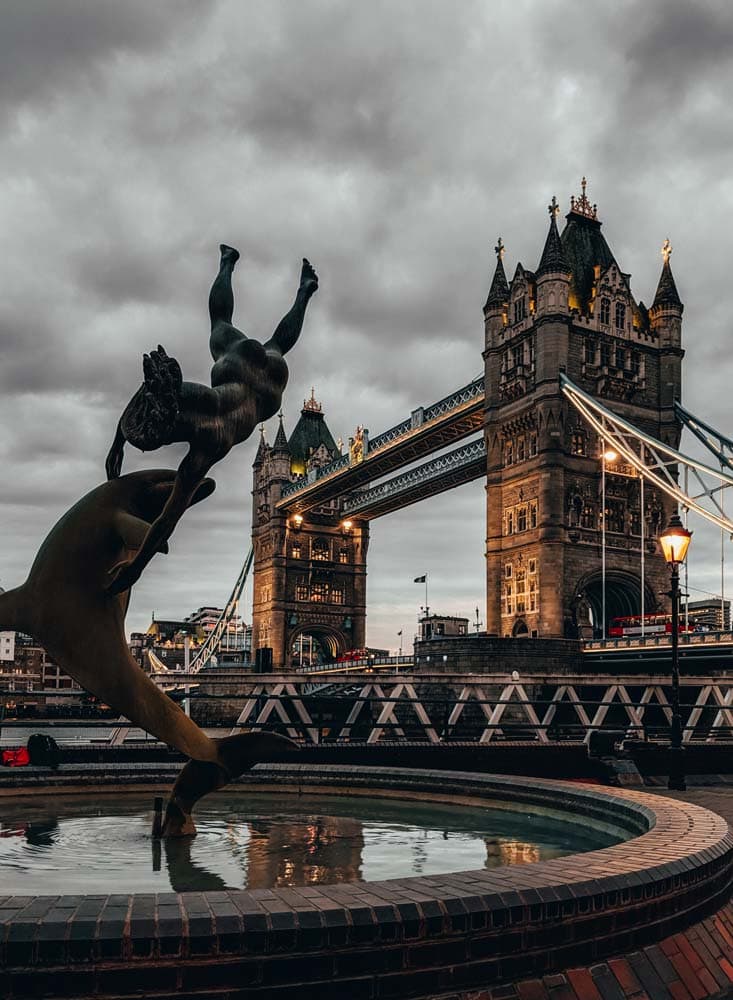
We finish our facts about London with a few oddities from the old times.
Let’s start with something that is still valid today. If the King/Queen of England wants to visit the City of London, she must request permission from the Lord Mayor. I guess that’s fair since he has to ask for permission to enter the Buckingham palace too.
He/She does that at a special ceremony held at Temple Bar, and as far as I know, no mayor has declined the request. I wonder what will happen if they do that.
Next, we got a bank fact. Wait, don’t close the post! It’s not some boring math statistics but a fun bank-location fact. Until it was revoked in 1980, there was a rule stating that all banks in the city of London must be located within 10 minutes of the Bank of England. Reason why? Just in case the Governor of the Bank of England calls an emergency meeting. I mean, he can’t wait for more than 10 minutes, right?
We finish with 2 awful entertainment events. Back in the early 18th century, the London zoo was housed in the tower in London (named The Tower of London Menagerie) and offered free entry to anyone who brings a cat or a dog to feed the lions.
Another popular attraction in the 18th century was London’s Bedlam Asylum. It wasn’t visited for its outstanding architecture or anything but to see and make fun of the patients there – basically, a human zoo.
That’s all from me, I hope you enjoyed these fun facts about London! To get your even more London-excited I reccomend checking my incredible London quotes collection.
————————————
If you haven’t planned your trip there yet, find out how I plan my trips!
————————————
I have 28 bucket list ideas for England. See my impossible bucket list of 1700+ adventures!
Have you been to London?


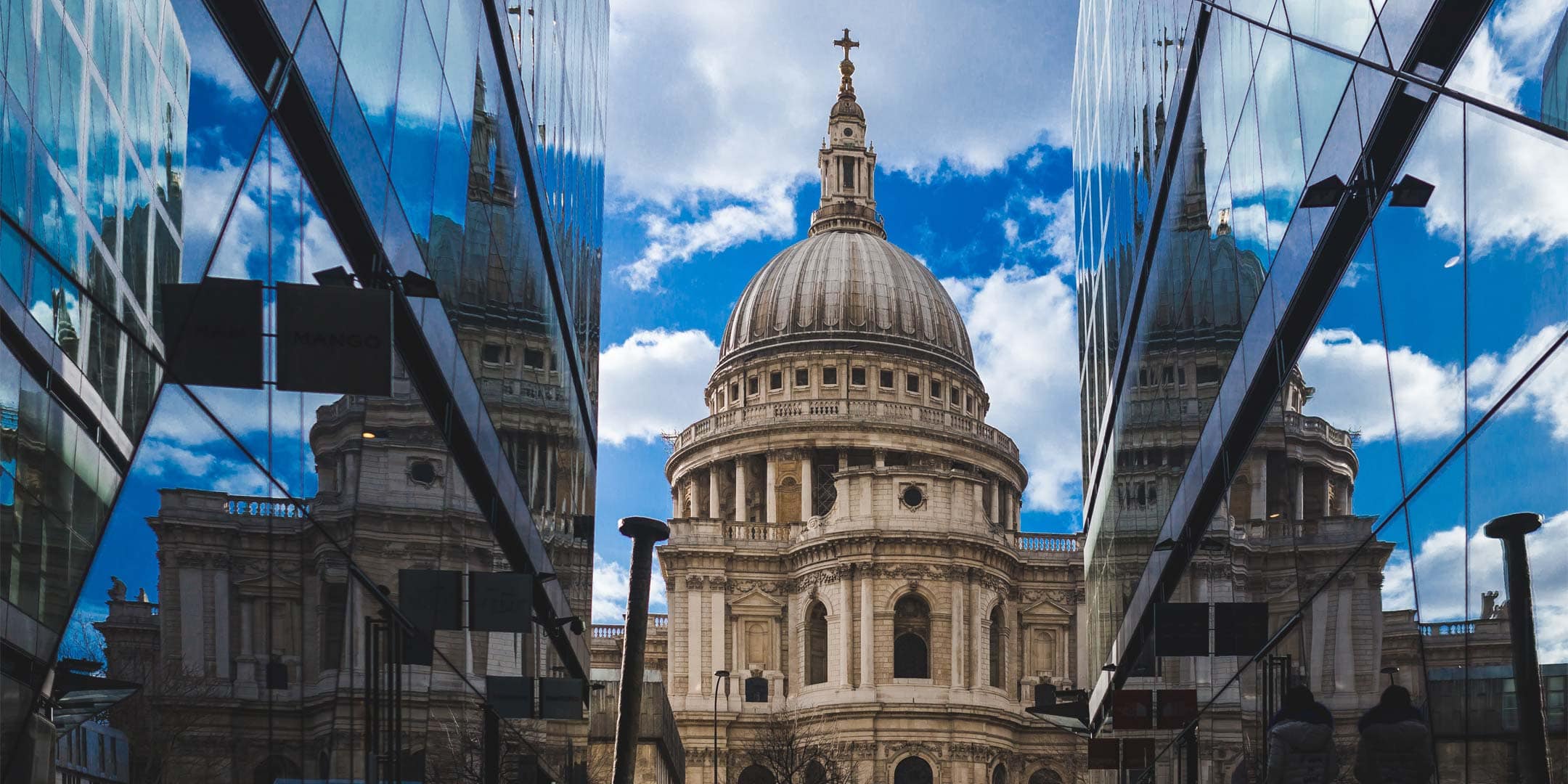
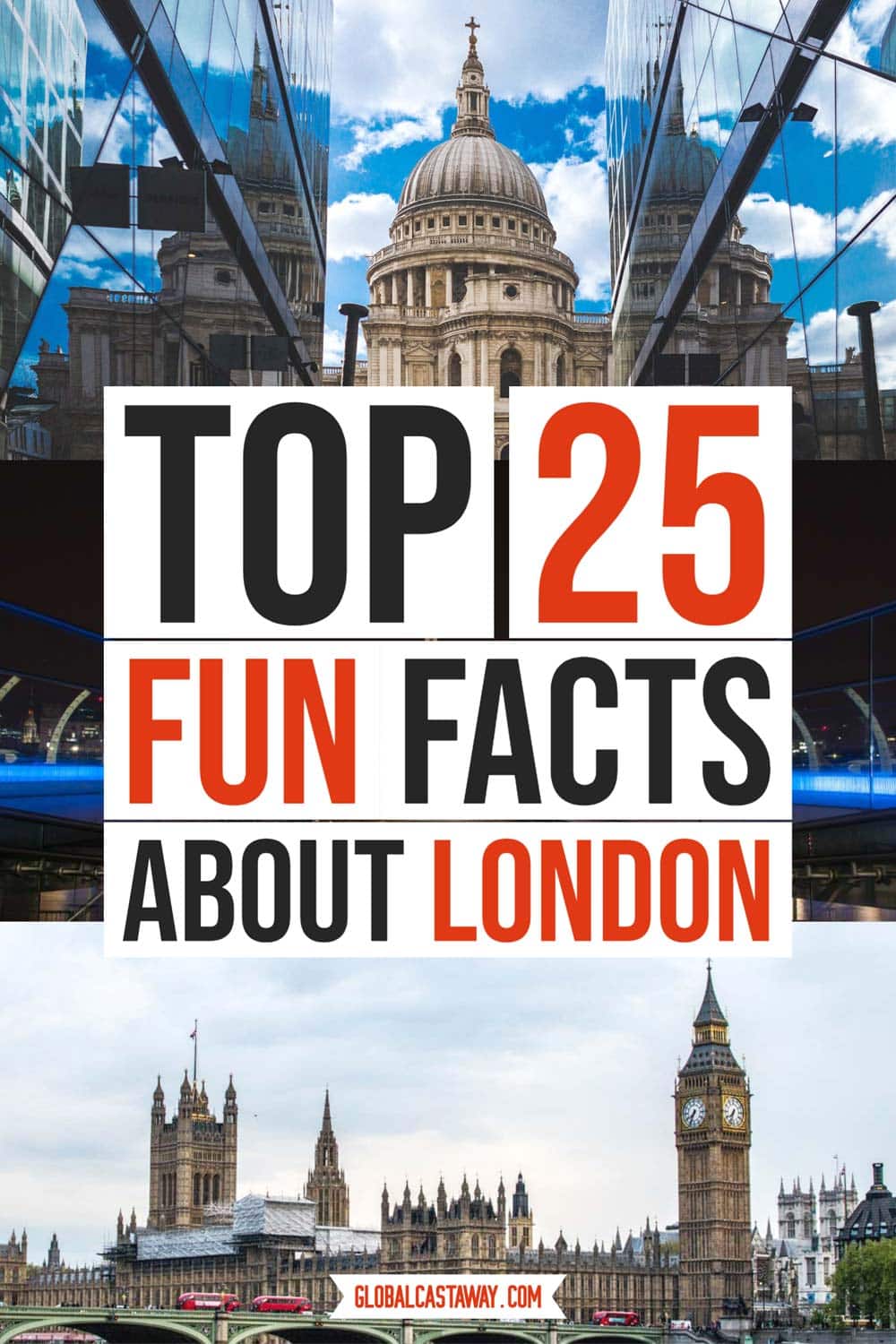
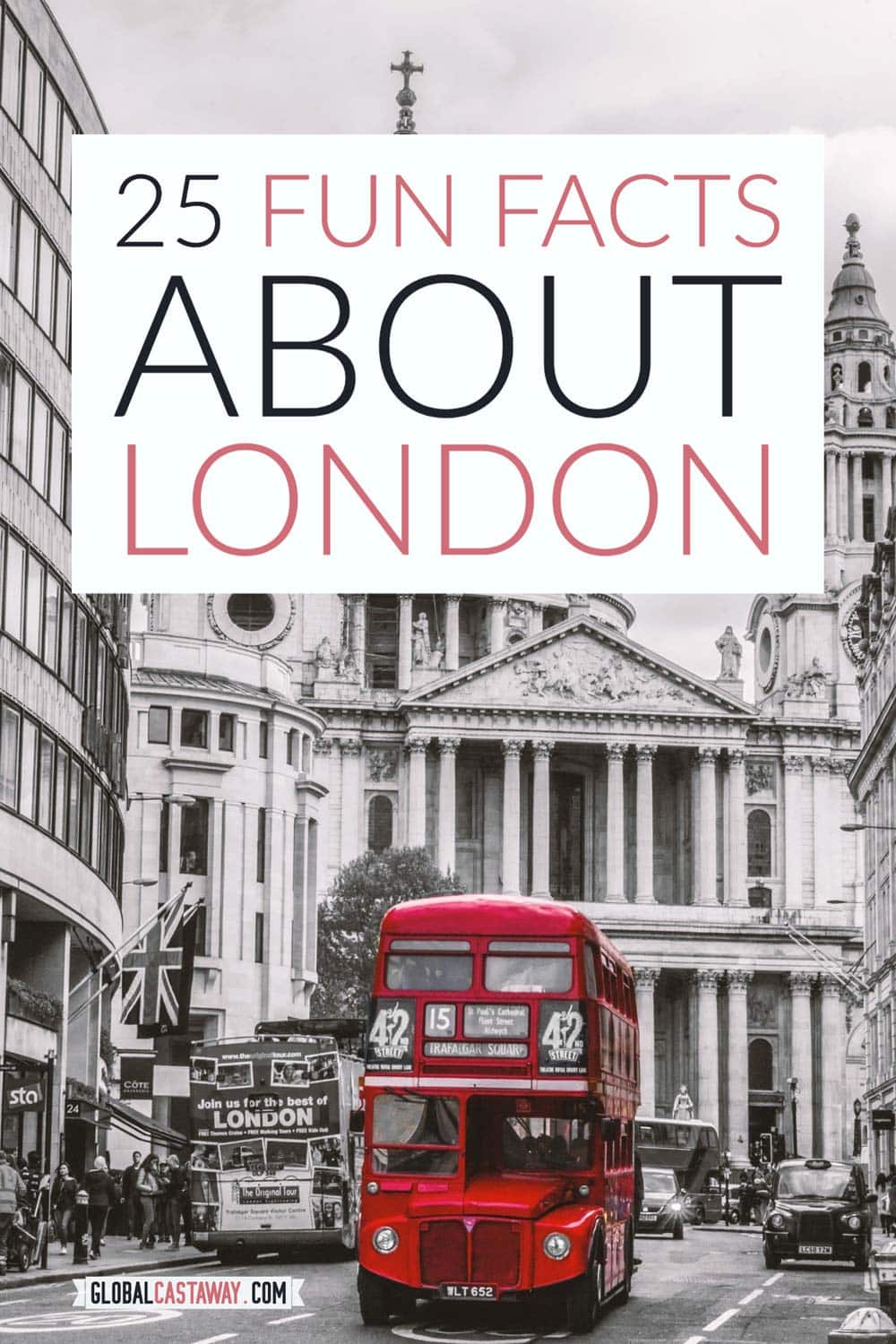
KHaDIdja
Thursday 3rd of December 2020
WOW WOW WOW. I LOVED IT I WANT TO SEE MORE BRO